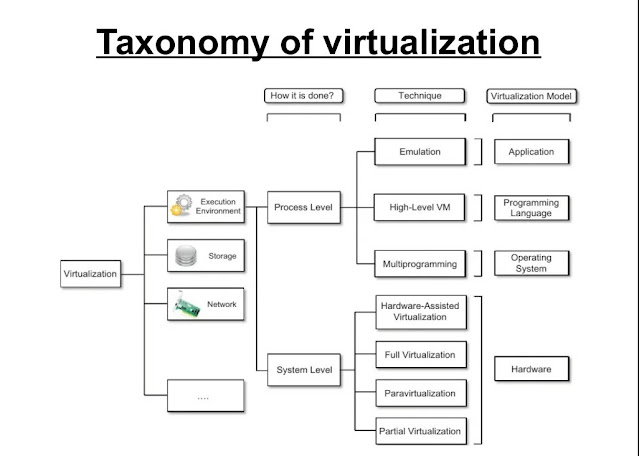Explain Apriori Property.
Apriori Algorithm: Finding Frequent Itemsets by Confined Candidate Generation
Apriori is a seminal algorithm proposed by R. Agrawal and R. Srikant in 1994 for mining frequent itemsets for Boolean association rules [AS94b]. The name of the algorithm is based on the fact that the algorithm uses prior knowledge of frequent itemset properties, as we shall see later. Apriori employs apr iterative approach known as a level-wise search, where k-itemsets are used to explore (k+1)-itemsets. First, the set of frequent 1-itemsets is found by scanning the database to accumulate the count for each item and collecting those items that satisfy minimum support. The resulting set is denoted by L₁. Next, Li is used to find L2, the set of frequent 2-itemsets, which is used to find L3, and so on, until no more frequent k-itemsets can be found. The finding of each Lk requires one full scan of the database.
To improve the efficiency of the level-wise generation of frequent itemsets, an important property called the Apriori property is used to reduce the search space.





Comments
Post a Comment